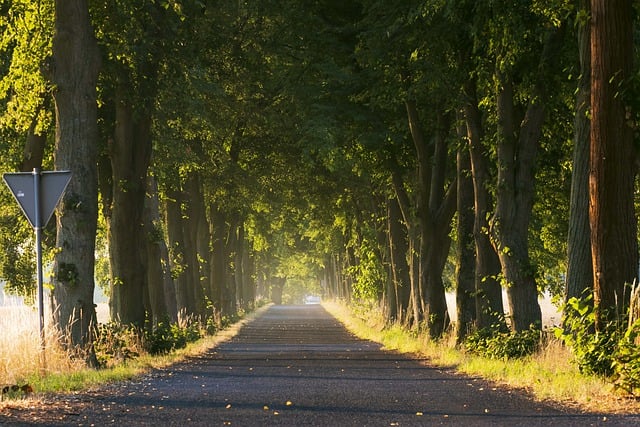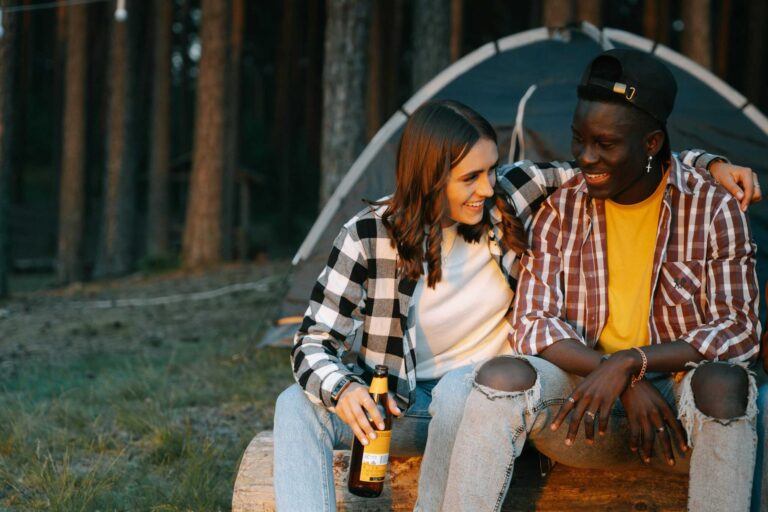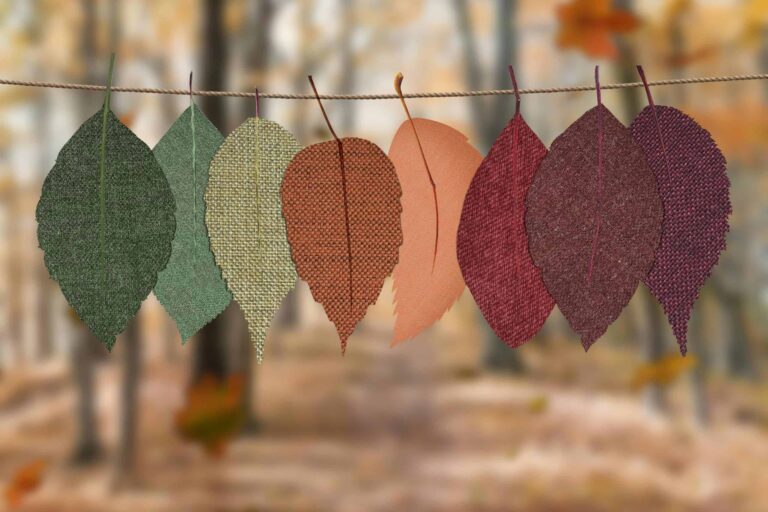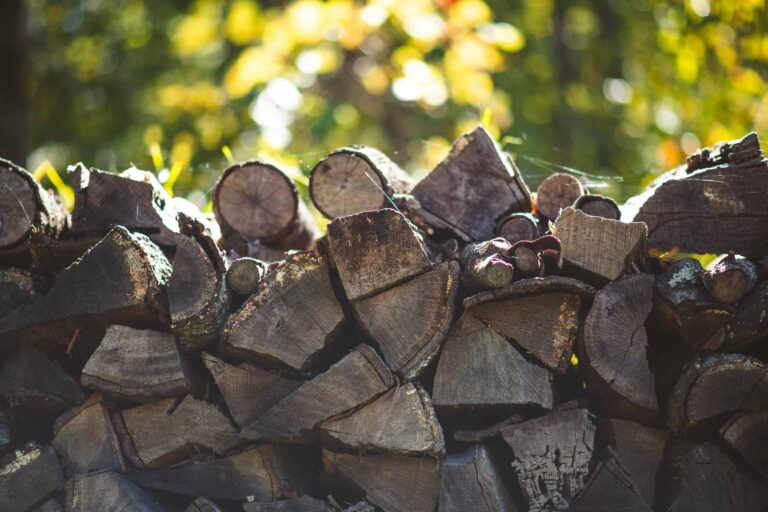Mexico City in Autumn: Day of the Dead Celebrations & Cultural Magic
Each autumn, Mexico City transforms into a vibrant tapestry of remembrance, celebration, and ancestral connection. The Day of the Dead—known locally as Día de Muertos—is not a somber affair but a jubilant honoring of life, death, and everything in between. From the scent of marigolds to the echo of mariachi in candlelit cemeteries, this centuries-old tradition pulses through the capital’s streets, plazas, and hearts.
The Ancient Roots of Día de Muertos in Mexico City
The Day of the Dead has been celebrated in Mexico City for over 3,000 years, tracing back to pre-Columbian civilizations like the Aztec and Nahua. These cultures viewed death as a cyclical passage, not an end. When Spanish colonizers arrived in the 16th century, Catholic traditions merged with Indigenous beliefs, giving rise to the modern Día de Muertos observed on November 1 and 2.
In Mexico City, the holiday has evolved into a citywide phenomenon, blending sacred rituals with public art, parades, and culinary traditions. UNESCO has recognized it as Intangible Cultural Heritage, and the capital’s celebrations are among the most elaborate in the country.
Where to Celebrate Day of the Dead in Mexico City

1. Parades and Public Spectacle
- Mega Parade on Paseo de la Reforma: Inspired by the James Bond film Spectre, this parade features floats, dancers, and giant calaveras (skulls).
- La Catrina Procession: Thousands dress as elegant skeletons, honoring José Guadalupe Posada’s iconic figure.
2. Cemetery Vigils
- San Andrés Mixquic: The most iconic cemetery celebration in Mexico City. Families gather with candles, music, and food to welcome spirits.
- Xochimilco: Offers nighttime boat rides with altars and performances along ancient canals.
3. Altars and Exhibitions
- Zócalo Megaofrenda: A massive public altar filled with marigolds, papel picado, and offerings.
- Museo Frida Kahlo & Museo Anahuacalli: Host ornate ofrendas and cultural exhibits.
Painted Faces and Monarch Butterflies: Symbols of the Season

Face painting during Day of the Dead is more than decorative—it’s symbolic. The calavera makeup represents the duality of life and death, often adorned with flowers and glitter to reflect joy and reverence.
Monarch butterflies, arriving in central Mexico around the same time, are believed to carry the souls of the departed. Their migration is a natural metaphor for return and remembrance, deeply woven into the holiday’s lore.
Where to Eat During Día de Muertos in Mexico City

- Pan de Muerto at Pastelería Ideal: A sweet bread topped with sugar and shaped like bones.
- Mole and Tamales at El Cardenal: Traditional dishes often placed on altars and shared with family.
- Street Markets in Coyoacán and San Ángel: Offer seasonal fruits, hot chocolate, and festive snacks.
Where to Stay for the Best Experience
- Sofitel Mexico City Reforma: Rooftop views of the parade and themed events.
- Gran Hotel Ciudad de México: Historic charm with direct access to Zócalo festivities.
- Hotel Zócalo Central: Modern comfort in the heart of the celebrations.
If Mexico City Is Too Far: Celebrate in San Antonio, Texas

Featured Festival: Muertos Fest at Hemisfair
For those unable to travel to Mexico City, San Antonio offers a rich and respectful celebration of Día de los Muertos.
Held October 24–26, 2025, this three-day festival includes:
- Live music and dance performances
- Community altars and workshops
- A vibrant procession honoring local legends
- The tallest La Catrina statue in the U.S., standing 38.5 feet tall
San Antonio’s River Parade on October 24 features decorated barges, altars, and costumed riders floating through the heart of the city.
Final Thought
Whether wandering candlelit cemeteries in Mexico City or admiring altars along the San Antonio River Walk, Día de Muertos invites reflection, celebration, and connection. It’s a time to honor those who came before, and to embrace the beauty of life’s impermanence with color, music, and memory.
Disclaimer: This article explores cultural traditions and symbolic beliefs associated with Día de Muertos. Interpretations may vary across regions and communities.







